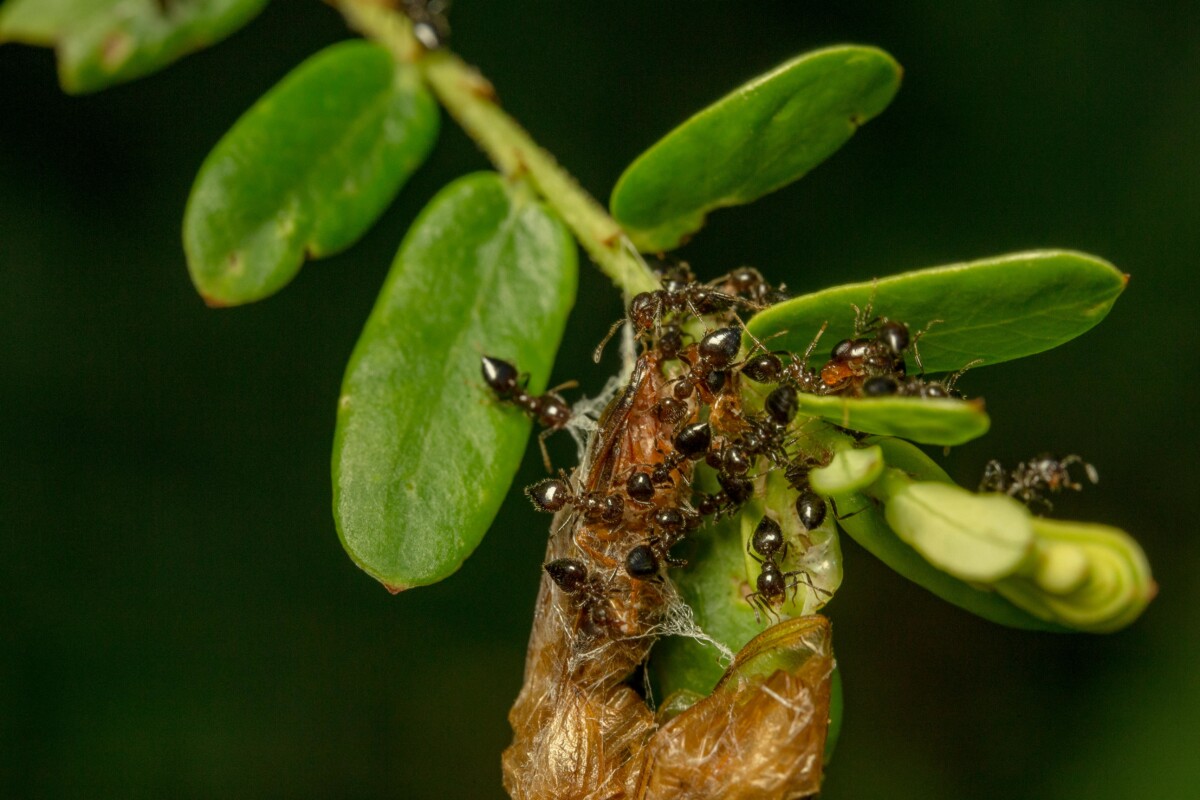
The Best Backyard Bug Prevention
Causes and Remedies for Unwanted Bugs in Your Landscape
Every year, we eagerly anticipate spring rain and warmer temperatures to enliven our landscapes with seasonal color and enjoy our outdoor living spaces again. However, certain uninvited guests prevail with a vengeance once the humidity rises. While bugs all have their contributions to the ecosystem, some are more beneficial and desirable than others. Investigate the causes of increased insect populations, and learn about environmentally friendly options for backyard bug prevention.

What Factors Cause More Bugs?
1. Weather & Climate
The National Hurricane Center released its first forecast for 2025’s hurricane season, and climate change is the catalyst for the increase in the number and severity of storms. NBC DFW’s meteorologists suspect from previous patterns, that we have an 80% chance of breaking another global temperature record within the next five years. According to Cornell University climate scientist Natalie Mahowald, “Higher global mean temperatures may sound abstract, but it translates in real life to a higher chance of extreme weather: stronger hurricanes, stronger precipitation, droughts.”
This year in DFW, we have seen slightly higher rainfall totals than on average. A wet spring season offers positives and negatives to our landscapes and the surrounding environment. While rainfall is vital for refilling our reservoirs, ground aquifers, and lakes, it can also cause extensive flooding to the Trinity River, White Rock Lake, and even our neighborhood streets. An excess of rain can result in cooler temperatures and lush, beautiful greenery and vegetation, but it can also create the ideal high-humidity breeding grounds for mosquitoes, and increase the risk of mosquito-borne illnesses like West Nile virus.
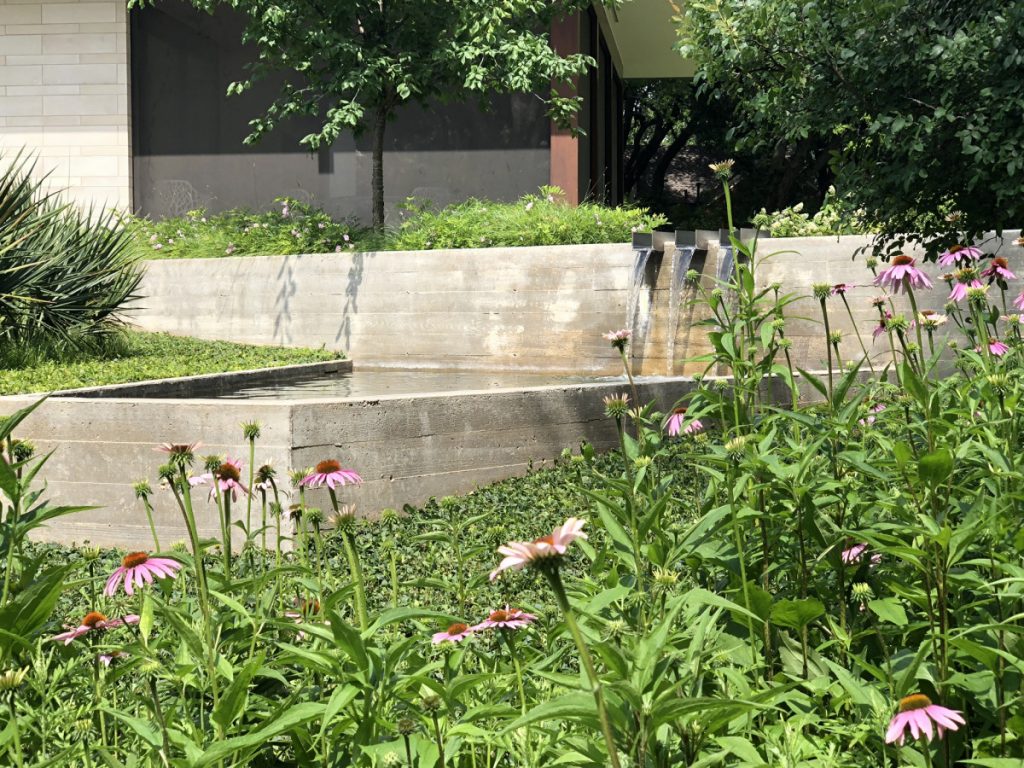
2. Food & Habitat Availability
-
- Ample food availability
- Suitable breeding sites and shelter
- Vegetative Biodiversity
3. Natural Disasters
Floods and droughts can either drive some insects from their habitat, causing them to create new breeding grounds, or reduce water sources to create favorable conditions for other types of insects.
4. Seasonal Changes
Warmer temperatures and increased moisture influence the activity and population cycles of most insect species.
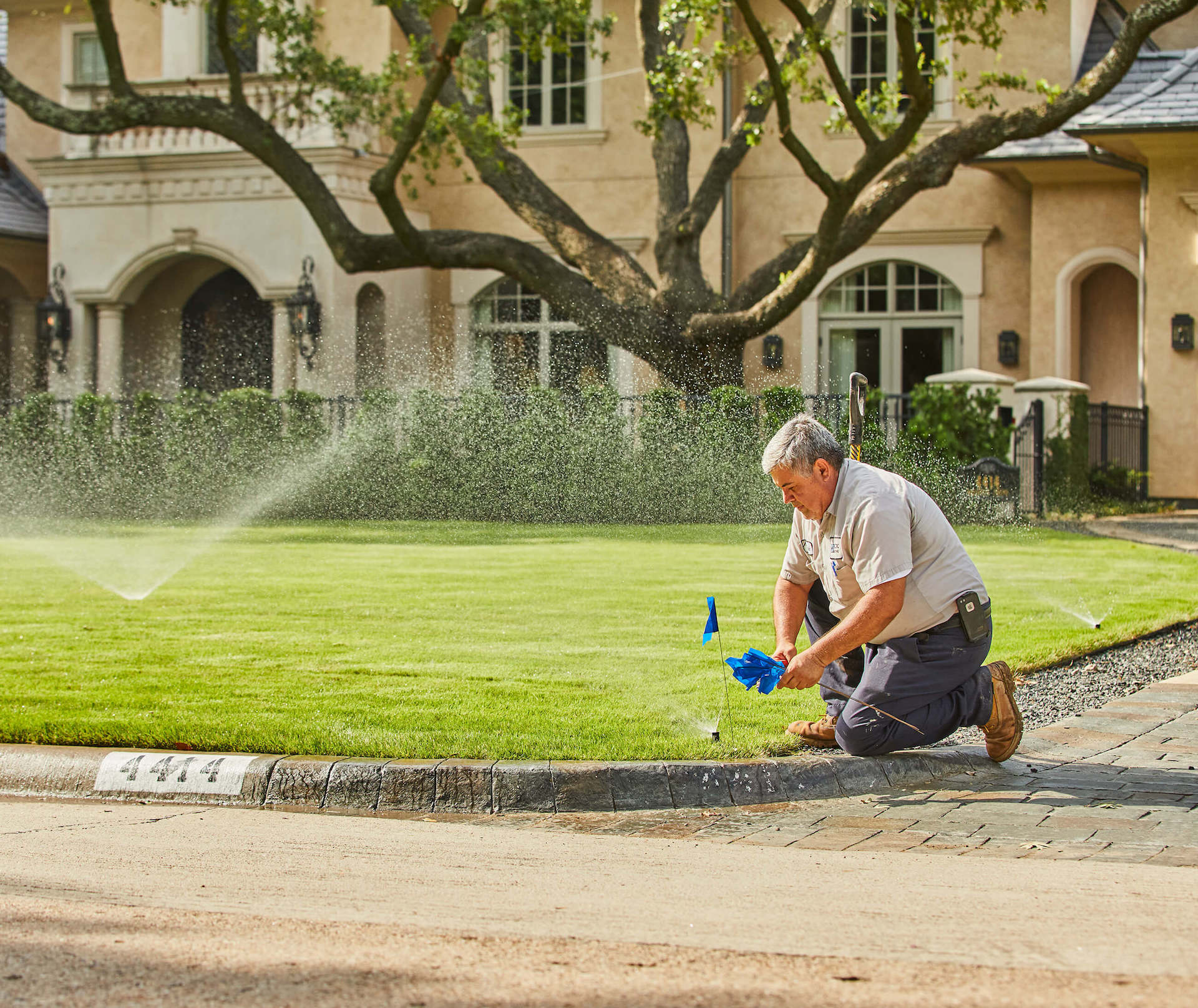
5. Human Activities
While usually associated with insect decline, some activities can influence an increase in certain insect populations, such as:
-
- Alteration of Landscapes:
- Urbanization and Agricultural Expansion: Although this often leads to habitat loss and population decline, sometimes these modifications can create new food sources for adaptable species.
- Inadequate Landscaping: Regular lawn maintenance can assist with backyard bug prevention, but neglect and wilder brush can form new habitats for some insects.
- Poor Water Management: Poor drainage or standing water can host the ultimate mosquito breeding sites. Luckily, your Bonick personal garden manager can help manage your resources to avoid this.
- Light Pollution: An overabundance of artificial lighting at night can disorient nocturnal insects, disrupting feeding, mating, and migration cycles. While this can often reduce insect prevalence, it can also draw certain insects to light sources.
- Invasive Species: Non-native insect species with no natural predators or competitors can become overpopulated and outcompete native species.
- Alteration of Landscapes:
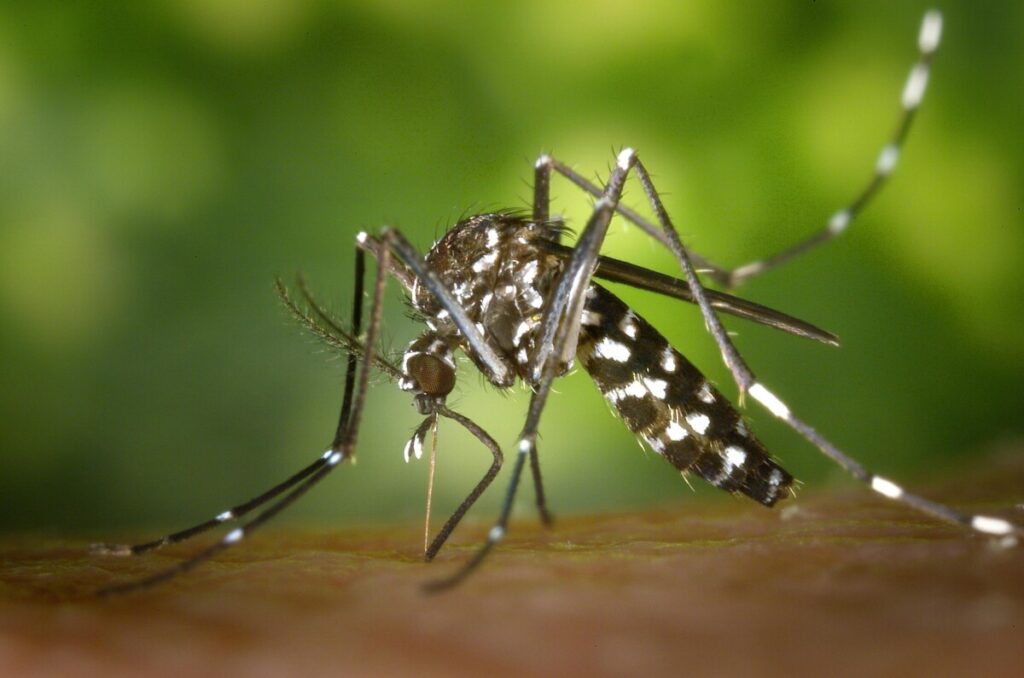
What Insects Appear After Heavy Rainfall?
A wet spring in Dallas creates favorable conditions to spike an increase in several insect species:
- Mosquitoes: Increased rainfall can offer enhanced breeding sites for menacing mosquitos to lay their eggs in standing water like puddles, bird baths, flower pots, clogged gutters, and non-operational water features. Larvae can develop quickly in humidity, causing a rapid adult mosquito population. June through August is the typical Dallas mosquito season, however, heavy spring rainfall can activate this process earlier.
- Ants: Heavy rains can flood ground colonies, forcing them to seek out new habitats. This usually leads to unwelcome home invasions. However, the dreaded fire ants, rebuild their mounds promptly following rain.
- Cockroaches: Similar to ants, cockroaches escape flooded drains, sewers, and wet outdoor environments in search of dryer shelter, which is typically inside homes and other structures.
- Termites: While rain itself doesn’t directly impact an increase in termite activity, the moist soil conditions and warmer spring weather spawn new colonies.
- Spiders: Spiders prefer warm, dry locations, so they may relocate indoors after rainy conditions.
- Other Pests: Millipedes and centipedes love moisture environments, and become more prevalent when rain forces them from their homes in saturated soil.
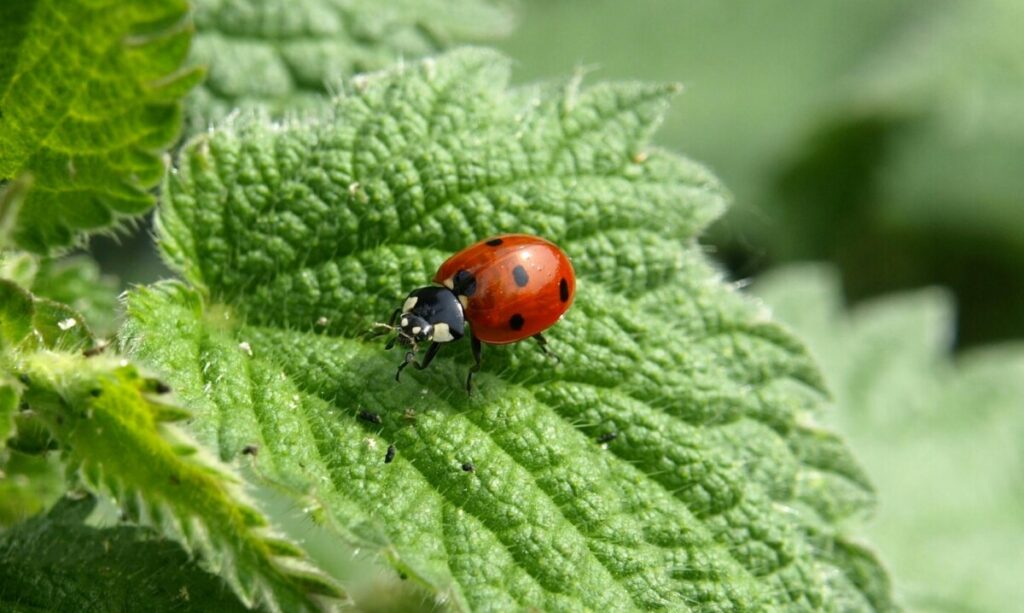
Dangers of Pesticides
While formulated to target specific insects, pesticides can upset the delicate balance of nature, often throwing Mother Nature out of whack, and causing harm to more than their intended focus. Prolonged or continual exposure can cause an array of health conditions for humans from respiratory and eye ailments to serious nervous system conditions or cancer. They can also cause irritation and illness in pets, aquatic life, birds, and beneficial bugs like ladybugs and lacewings. Harming these insects can disrupt the food web and cause additional pest outbreaks. Plus, regular use of chemical pesticides can have the opposite effect, leading to insecticide-resistant pest populations.
Plus, pesticide runoff can contaminate our natural water supply in rivers and lakes and adversely affect beneficial soil microorganisms. Fungi and bacteria needed for nutrient cycling, plant health, and soil fertility can also be destroyed, creating long-lasting and unforeseen consequences for our natural world.
To avoid this destructive pattern, we use comprehensive and more environmentally friendly strategies to address the pest population for better backyard bug prevention.
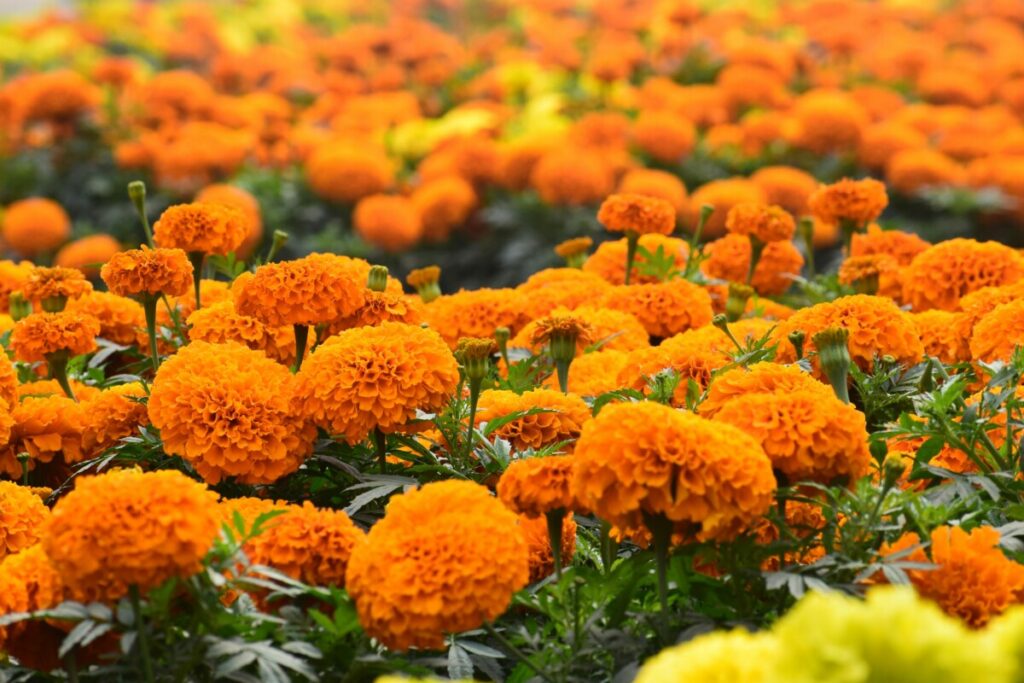
What Plants Help Deter Pesky Insects?
One of the ways we help limit annoying insects is by planting flowers and herbs that repel nuisance bugs naturally. For the best battle plan, we combine a variety of repellent plants to create a beautiful, fragrant, and more effective natural barrier against a wider range of insects.
Mosquito Repellent Plants
- Citronella Grass
- Lavender
- Basil
- Lemon Balm
- Catnip
- Rosemary
- Scented Geraniums
- Marigolds
Plants to Deter Ants
- Mint
- Rosemary
- Lavender
- Basil
- Chrysanthemums
- Marigolds
- Thyme
- Garlic
Natural Repellent for Flies
- Basil
- Lavender
- Rosemary
- Marigolds
- Mint
- Bay Laurel
- Lemon Balm
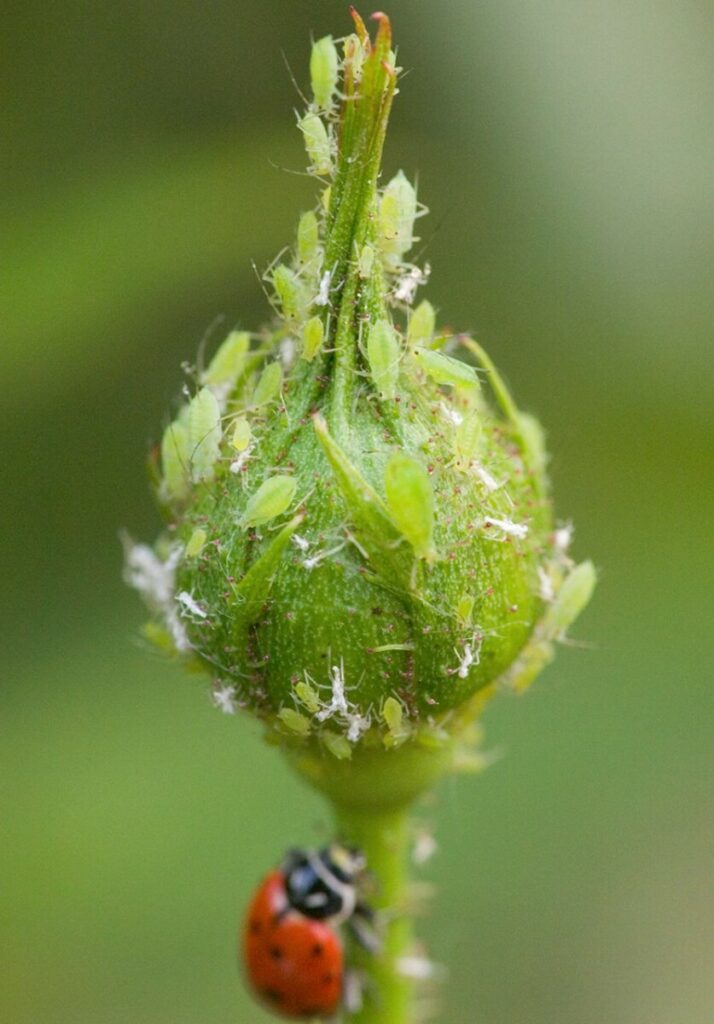
Plants that Attract Aphids (which attract ants)
While the above plants may assist with backyard bug prevention, others can attract unwanted attention from aphids, which, in turn, attract ants. Preventing aphid infestations on your plants is an excellent way to reduce ant activity. Aphids feed on sweet sap and look for safe harbors offered by these popular garden varieties:
- Roses
- Peonies
- Crape Myrtle
- English Ivy
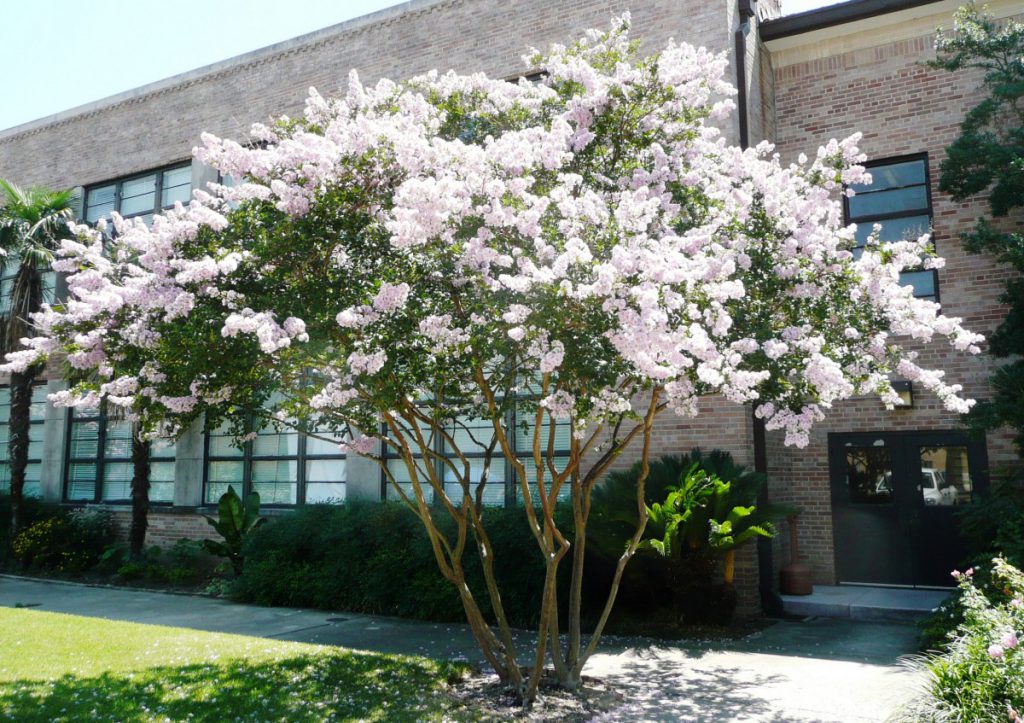
Natural Aphid Prevention
To avoid aphid infestation on crape myrtles, we regularly monitor trees and inspect the undersides of leaves for early aphid activity. Proper watering during dry seasons can also assist in the reduction of aphids. Natural predators like ladybugs or lacewings can also help reduce the aphid population, preventing active ant colonies on your crape myrtles.

Bonick Landscaping’s Backyard Bug Prevention
Bringing 40 years of impeccable innovation, meticulous workmanship, and the finest in plantings to every project, our experts will nurture, protect, and preserve your gardens and grounds to sustain the value of your estate and keep pesky bugs at bay.
Enjoy the ease of one point of contact for all of your landscape needs through your personal garden manager. Dedicated to overseeing every aspect of care, these trained horticulturists will assess which plants are suited for your specific light, shade, and soil conditions and create an appropriate concierge care plan. From updating seasonal color in your garden beds to proactively diagnosing and treating potential plant diseases, they will build a comprehensive bug prevention plan and safeguard your investment so it can flourish and grow.
Lawn and Garden Maintenance
Keeping lawns and gardens maintained helps reduce the allure for uninvited insect habitation. Our weekly lawn care services enable you to enjoy your backyard worry-free.
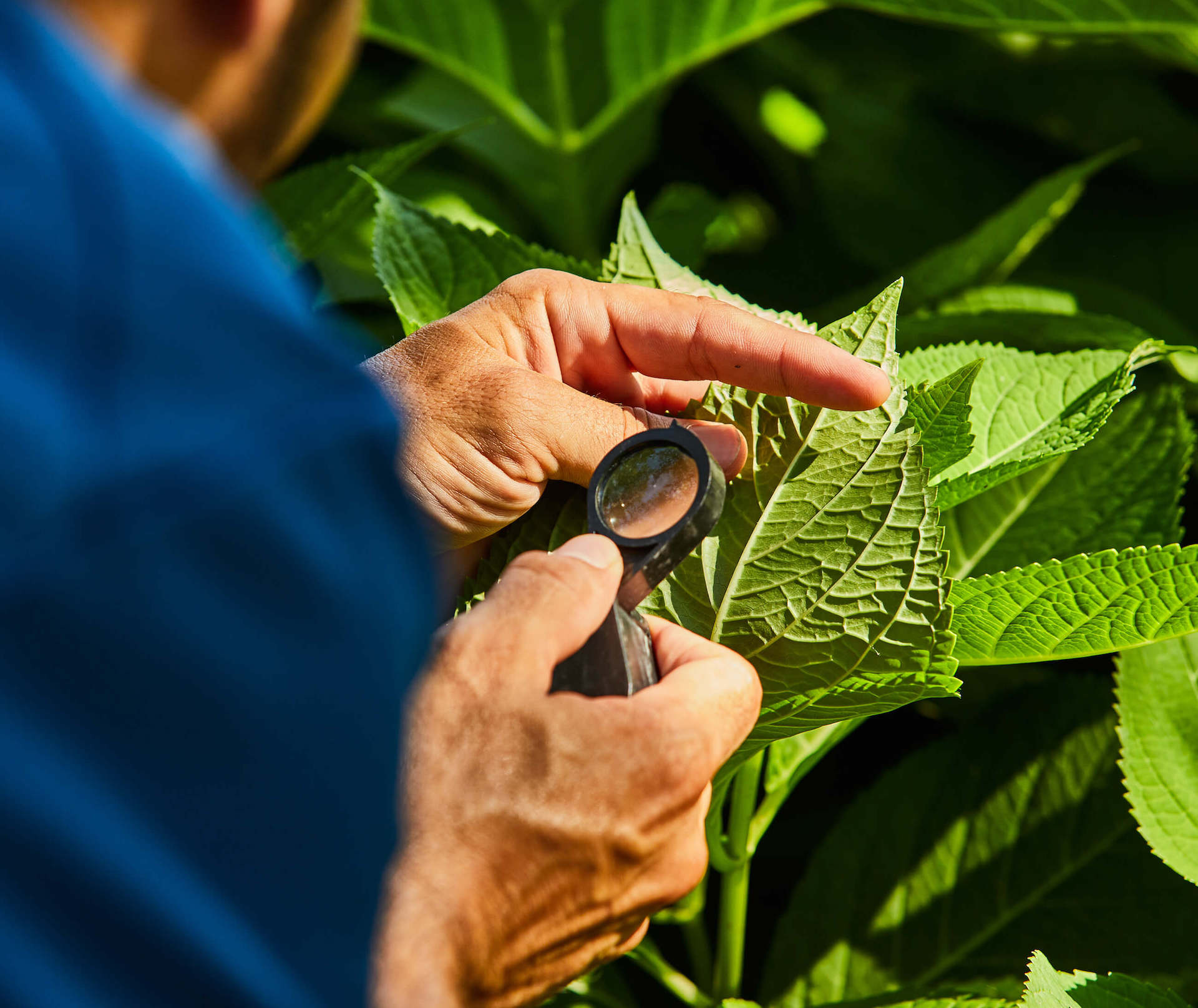
Tree & Plant Health Care
Bonick Landscaping has a team of experienced tree care specialists and arborists committed to protecting, feeding, trimming, and sculpting your young and mature trees. Our plant care specialists will manage all aspects of soil management, weed control, root health, and the vitality of your lawns, gardens, shrubs, and trees, and help prevent undesirable insects.
Water Management
Maintaining sprinkler systems, and automating watering processes are major keys to responsible water management. Between the implementation of smart sprinkler systems and the proficiency of our teams who monitor them, we can mitigate the majority of mid-summer mayhem.
Mosquito Control
Mosquitos are one of the most pesky pests. They not only bring irritating bites, but they can also transmit serious diseases. Bonick Landscaping will install mosquito control systems for continued coverage or offer a 100% organic fogging/traditional spray for routine maintenance and special events.
Contact us today for a consultation to enlist in our landscaping estate management services and backyard bug prevention so you can enjoy your outdoors this summer.
You May Also Enjoy:
Simplify Water Conservation with Smart Sprinkler Controllers